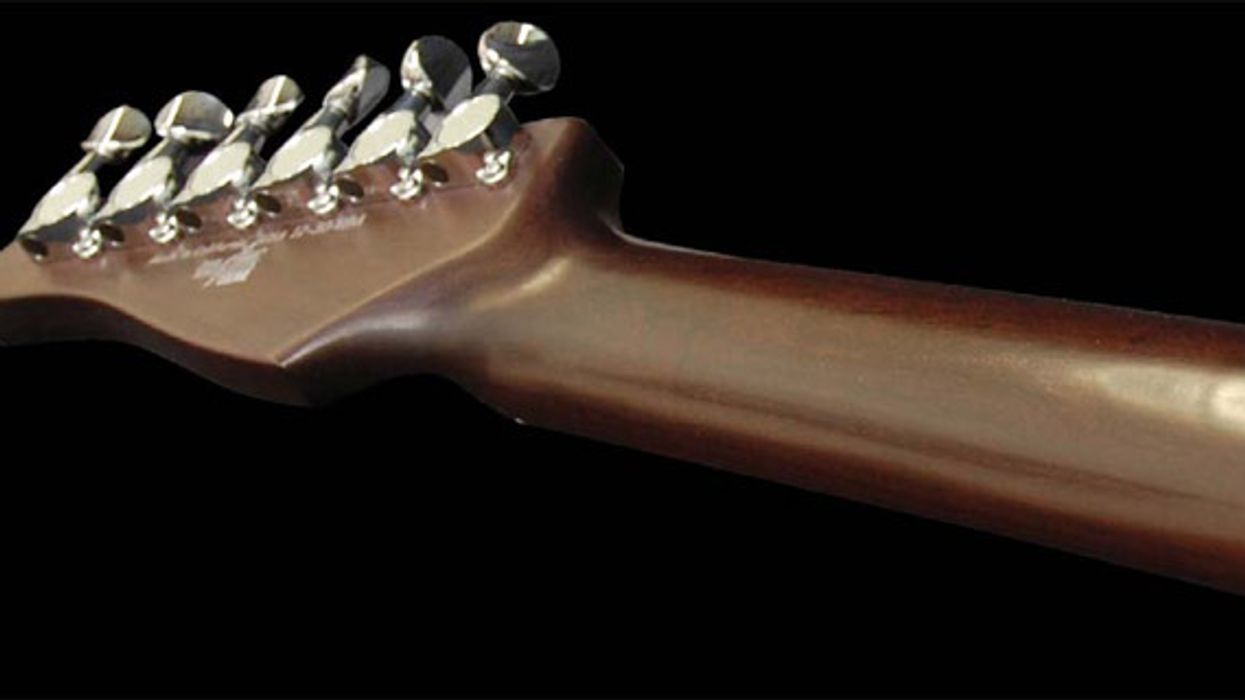Search
Latest Stories
Start your day right!
Get latest updates and insights delivered to your inbox.
fender-instruments-gibson-gretsch-rickenbacker-began-jacson-schecter-tailor-needs-tremolos-desire-thinner-necks-modern-aesthetics-tom-anderson-risen-f
Don’t Miss Out
Get the latest updates and insights delivered to your inbox.
Recent
load more
